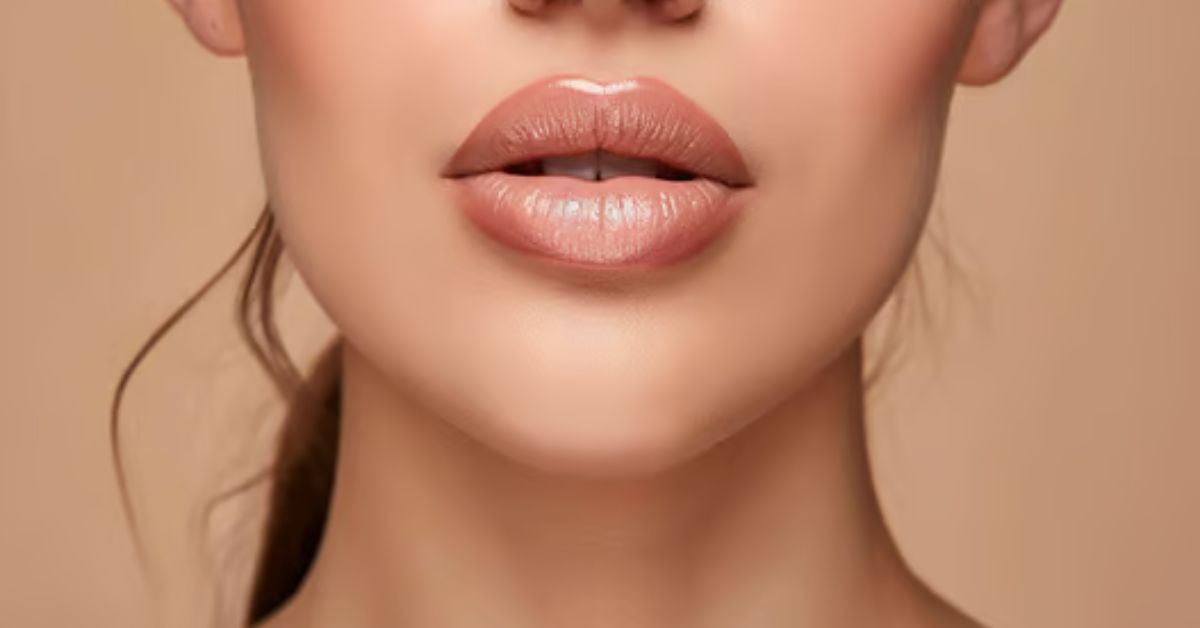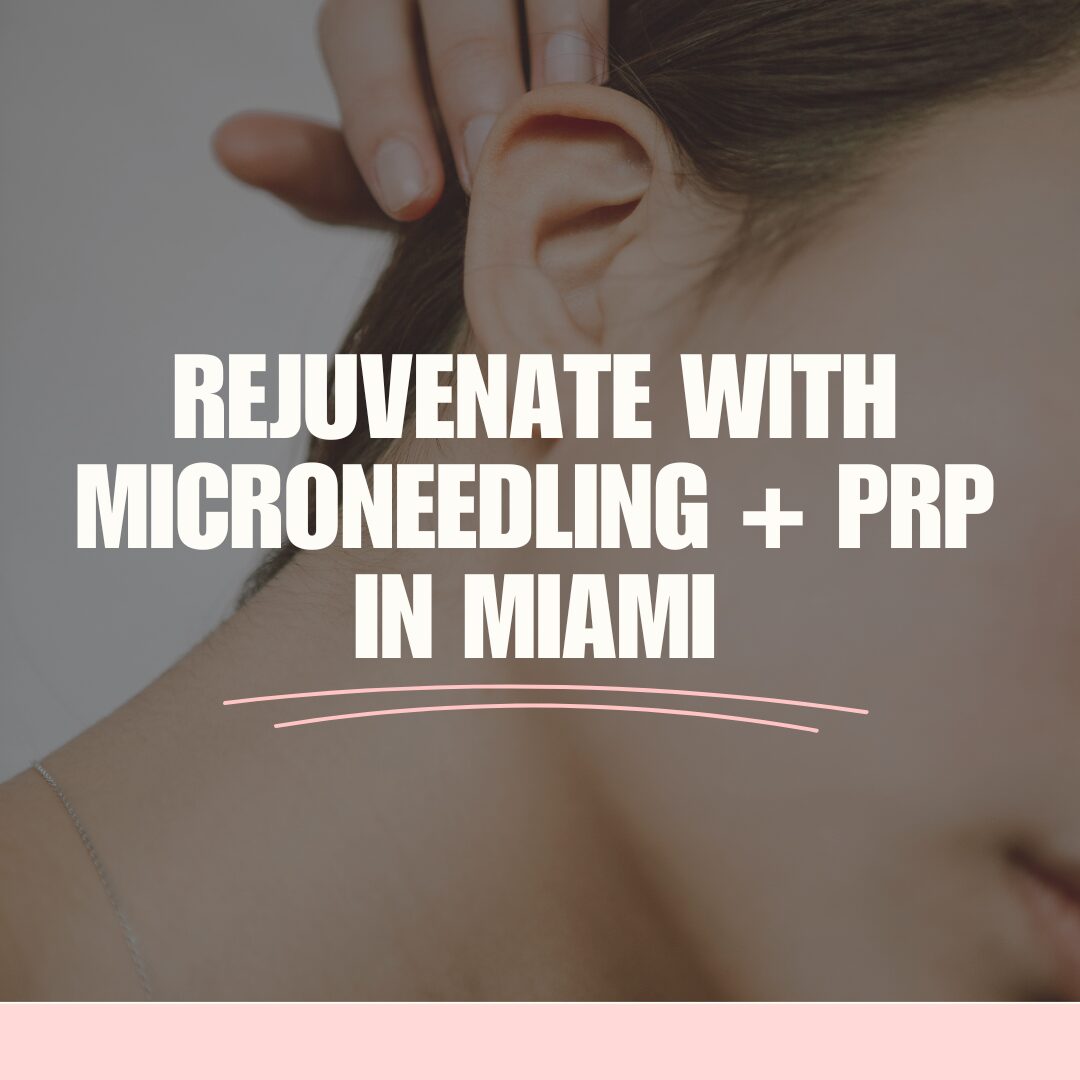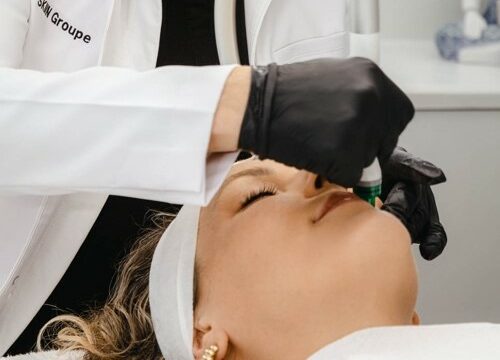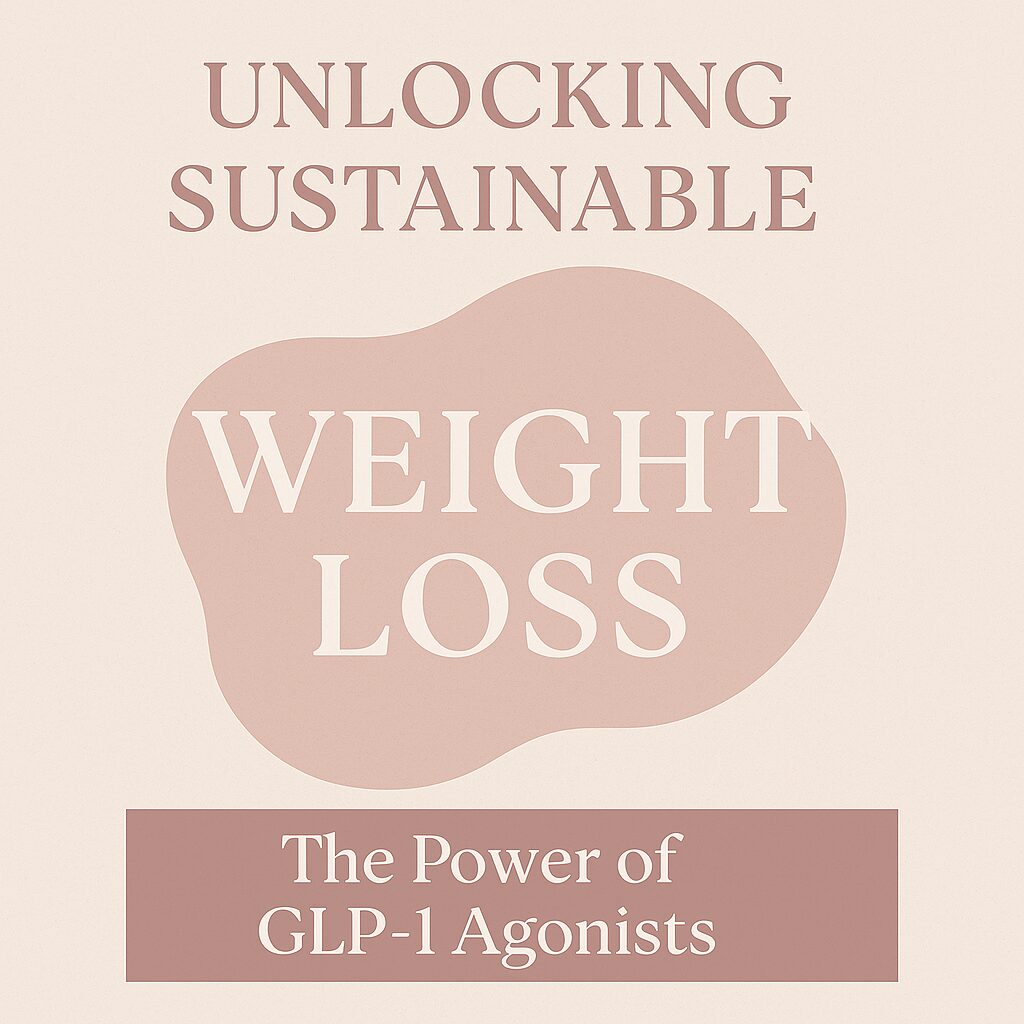Plump, youthful lips can enhance your facial features and boost confidence! While dull or thin one can make you conscious about your looks. Lip fillers still remain the best choice for people looking for a fuller, more defined pout.
However, the journey to achieving flawless results doesn’t end at the clinic it’s what happens in the days following the treatment that truly determines how your lips heal and how long the results last.
Proper lip injection aftercare not only helps minimize swelling and bruising but also ensures that your fillers settle beautifully for a natural, long-lasting effect.
Let’s walk you through everything you need to know after lip filler care treatment.
Immediate Lip Injection Aftercare: The First 24 Hours

The first 24 hours post-procedure are crucial for your recovery. Here’s what you should and shouldn’t do:
What to Do After Lip Filler
- Apply ice packs – Use a clean cloth-wrapped ice pack to reduce swelling and discomfort.
- Stay hydrated – Drink plenty of water to aid the healing process.
- Keep your lips clean – Use a gentle, fragrance-free cleanser around your lips.
- Sleep with your head elevated – This prevents excessive swelling.
- Take over-the-counter pain relief if necessary – If you experience mild discomfort, acetaminophen is a safe option. Avoid ibuprofen or aspirin, as they can increase bruising.
- Follow your injector’s aftercare instructions – Each provider may have specific recommendations for lip injection aftercare.
- Be mindful of how you sleep – Try sleeping on your back to avoid putting pressure on your lips.
- Don’t panic if your lips look uneven at first – Swelling can cause temporary asymmetry, which usually evens out in a few days. Consult with a dermatologist for lip injections in Miami to get professional help.
What to Avoid
- No touching or massaging – Resist the urge to touch or press your lips, as this can disrupt filler placement.
- Avoid excessive salt – High sodium intake can worsen swelling.
- Say no to alcohol and caffeine – These can increase bruising and dehydration.
- Skip makeup on your lips – Let your skin breathe and heal without added irritation.
- Avoid hot environments – Saunas, steam rooms, and hot showers can increase swelling.
- No aggressive facial treatments – Chemical peels, microdermabrasion, and laser treatments must be avoided for at least two weeks.
- Wear loose-fitting masks if necessary – If you need to wear a mask, choose a soft and breathable fabric that won’t put pressure on your lips.
- Stay away from DIY fixes – If you’re unhappy with your results, consult your injector rather than attempting to massage or correct them yourself.
The First Week: Lip Filler Aftercare Instructions for Optimal Healing

As your lips continue to settle, follow these lip filler aftercare instructions to speed up healing:
What to Put on Lips After Filler
- Use a gentle lip balm – Choose a fragrance-free, non-medicated lip balm to keep your lips moisturized.
- Apply Arnica gel or cream – This helps reduce bruising and inflammation.
- Stay away from extreme temperatures – Avoid very hot or cold foods and beverages.
- Stick to soft foods – Chewing hard foods can strain your lips.
- Avoid spicy foods – These can cause irritation and discomfort.
- Use a straw cautiously – While straws can help prevent direct pressure on your lips, excessive sucking motion may disrupt the filler.
- Embrace a minimal makeup routine – If you must wear lipstick after the first 48 hours, choose a hydrating formula to prevent dryness.
Rules After Lip Filler: What to Avoid
- No strenuous exercise for 24-48 hours – Increased blood flow can worsen swelling and bruising.
- No kissing for at least 24 hours – Pressure on the lips can shift the filler.
- Avoid excessive facial expressions – Too much movement can interfere with filler integration. To boost collagen for a more natural appearance, seek professional help to get a biostimulator filler.
- No smoking – Smoking can cause delay in healing and increase the risk of infection.
- Avoid lip exfoliation – Scrubs, peels, and harsh ingredients can irritate sensitive lips.
- Be cautious with dental work – Any dental procedures requiring your mouth to be stretched open should be postponed for at least two weeks.
Managing Swelling and Bruising

Mild swelling and bruising are common, but they usually subside within a few days. To speed up recovery:
- Continue using ice packs periodically.
- Eat fresh pineapple – It contains bromelain, which reduces bruising.
- Take Arnica supplements to help with swelling.
- Use antihistamines if recommended – In some cases, your provider may suggest an antihistamine to help reduce inflammation.
- Stay patient – Your final results will be visible once the swelling fully subsides in about two weeks.
- Avoid blood-thinning medications – Aspirin, ibuprofen, and fish oil are the supplements you should avoid unless it is prescribed by your doctor.
Signs of Complications: When to Call Your Doctor
While most people experience mild swelling and bruising, it’s important to be aware of possible complications. Contact your provider if you experience:
- Severe pain or increasing discomfort beyond the first few days.
- Lumps or uneven filler distribution that doesn’t settle within two weeks.
- Discoloration or blanching of the lips (white or purple patches could indicate blood vessel blockage).
- Prolonged swelling that worsens instead of improving.
- Signs of infection can include redness, pus, or fever.
Long-Term Care: Maintaining Your Lip Fillers
Once your lips have healed, here are some rules after lip filler:
- Hydrate consistently – Dry lips can make fillers break down faster.
- Use SPF lip balm – Sun exposure can degrade hyaluronic acid fillers.
- Schedule touch-ups as needed – Lip fillers last 6-12 months, so plan accordingly.
- A healthy lifestyle – make sure you intake a balanced diet and skincare routine. It will help boost the effectiveness of the treatment.
- Massage only if advised by your provider – In some cases, gentle massage may help with filler integration, but always follow professional guidance.
- Consider a follow-up appointment – If you’re unsure about your results, check in with your provider for adjustments.
Final Thoughts
Proper after lip filler care is key to ensuring a smooth recovery and stunning results. By following these lip filler aftercare instructions, you’ll minimize side effects and maximize the longevity of your fillers. Remember, patience is key swelling and bruising are temporary, but your beautiful results will last for months.
If you have any concerns or experience unusual symptoms, don’t hesitate to contact your injector for guidance. Want to enhance your look with safe and professional lip filler treatments? Book a consultation today and achieve the plump, natural-looking lips you’ve always wanted!







